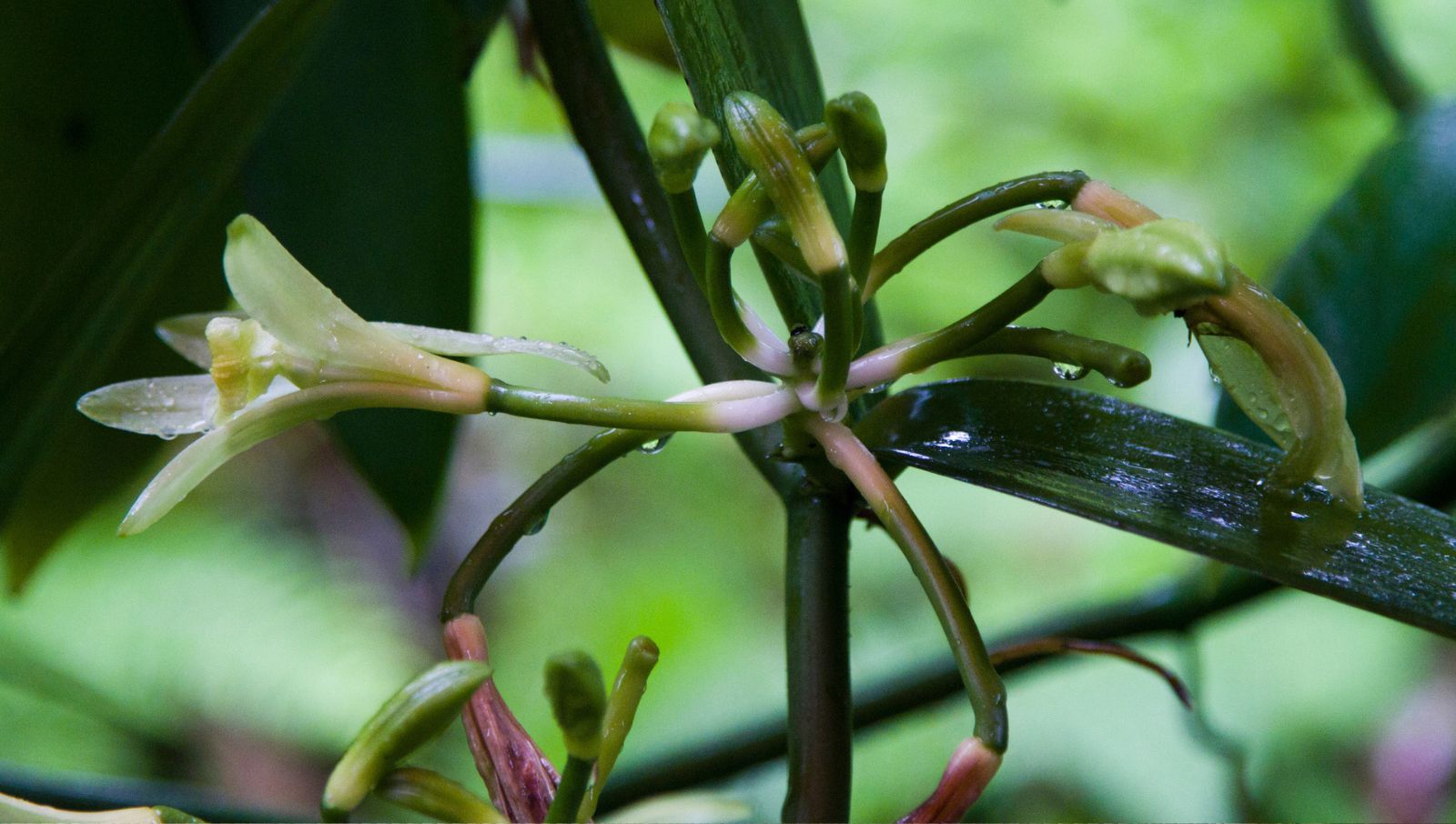
Baker, or gardener, growing a vanilla bean orchid indoors needs no better excuse than the mere fact that this exotic, beautiful, and fragrant orchid will bring delight to your indoor space.
Native to Mexico and Central America, the Vanilla planifolia is quite the prized and rare indoor plant. It requires patience, nurturing, and perhaps a little more patience after that, but with the right care, like all greenery, this type of orchid will be rewarding to keep.
Learning how to take care of orchids indoors is not for the faint-hearted, but we've asked the experts to share their advice for the growing success.
How to grow a vanilla bean orchid indoors
Though you will typically find orchids up in forest canopies, it can become quite the norm to feature them as part of your indoor garden's landscape. Vanilla bean orchids specifically, are usually cultivated outdoors for their delectable vanilla beans, but with a meticulous indoor plant care routine, they can be kept inside, too. This is what to do:
1. Create the right growing conditions for your vanilla bean orchid indoors
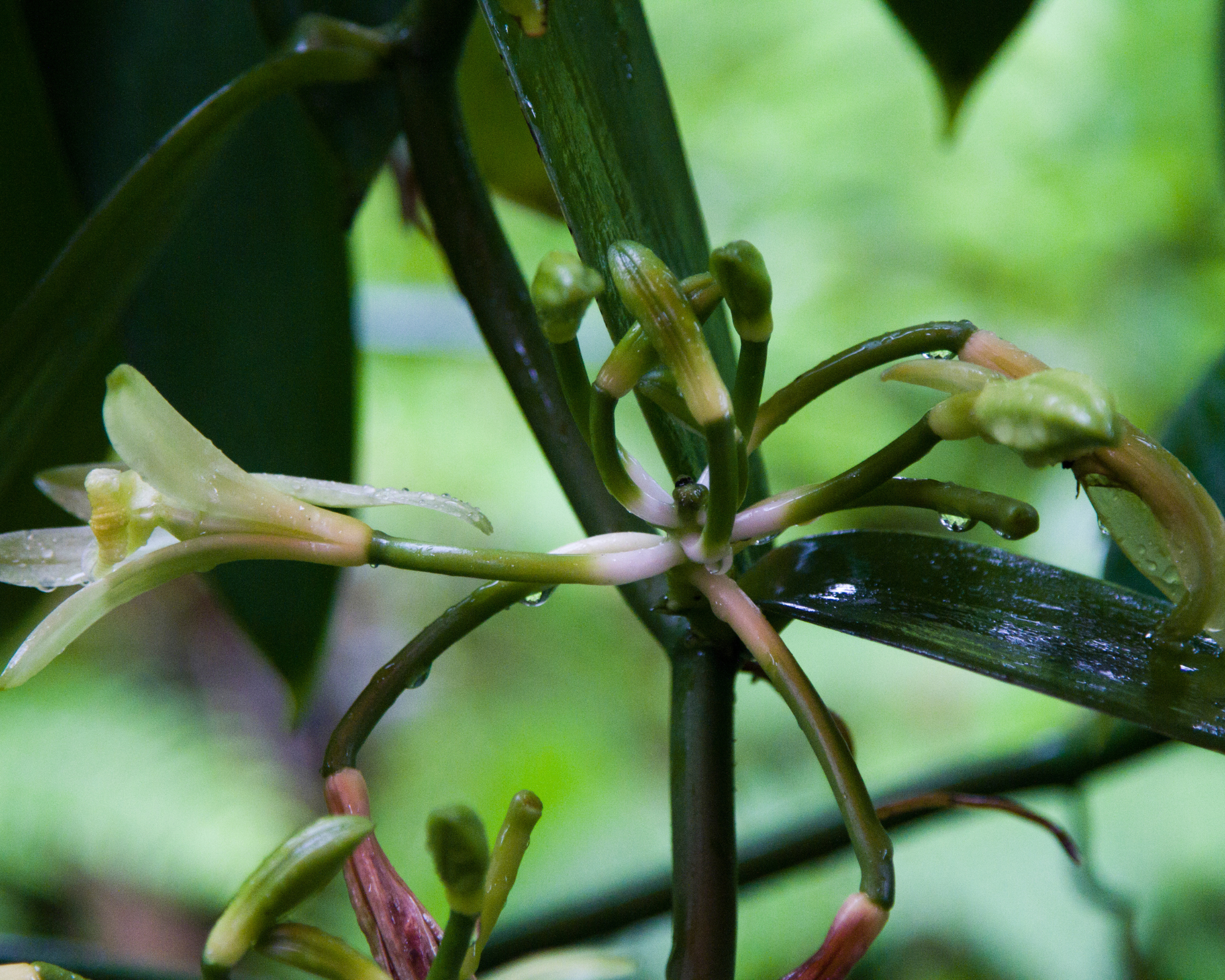
For the container itself, terracotta pots make brilliant choices for indoor plants, especially for orchids like the vanilla bean that have aerial roots.
'Vanilla bean orchids are climbing vines that require support for their long, sprawling growth,' says Paris Lalicata who is head of plant education and community at The Sill. Soil-wise, orchids you may know like woody environments, the same goes for vanilla bean plants. 'Use a well-draining orchid mix or a blend of orchid bark, perlite, and sphagnum moss to provide adequate aeration and drainage for the orchid's roots,' says Paris.
As recommended for monstera plants, it is wise to give indoor vanilla bean orchids in-pot support too, since their habitual trees are not around. 'Provide a sturdy trellis, stake, or a coco coir pole, like this one from The Sill, for the orchid to climb and attach its aerial roots. Gently guide the vines to encourage upward growth and you can use velcro plant tape to attach the stems to your support.'
If you have a few plants to support, consider a pack of six moss poles from Amazon, like these from EAONE Store. Walmart is even selling a Green Vanilla Bean Orchid Plant with stakes. Remember also to clean your terracotta pots, especially if you have used them to grow other plants as you do not want to subject healthy orchids to lingering pests or diseases.
2. Lighting requirements for growing vanilla bean orchids indoors
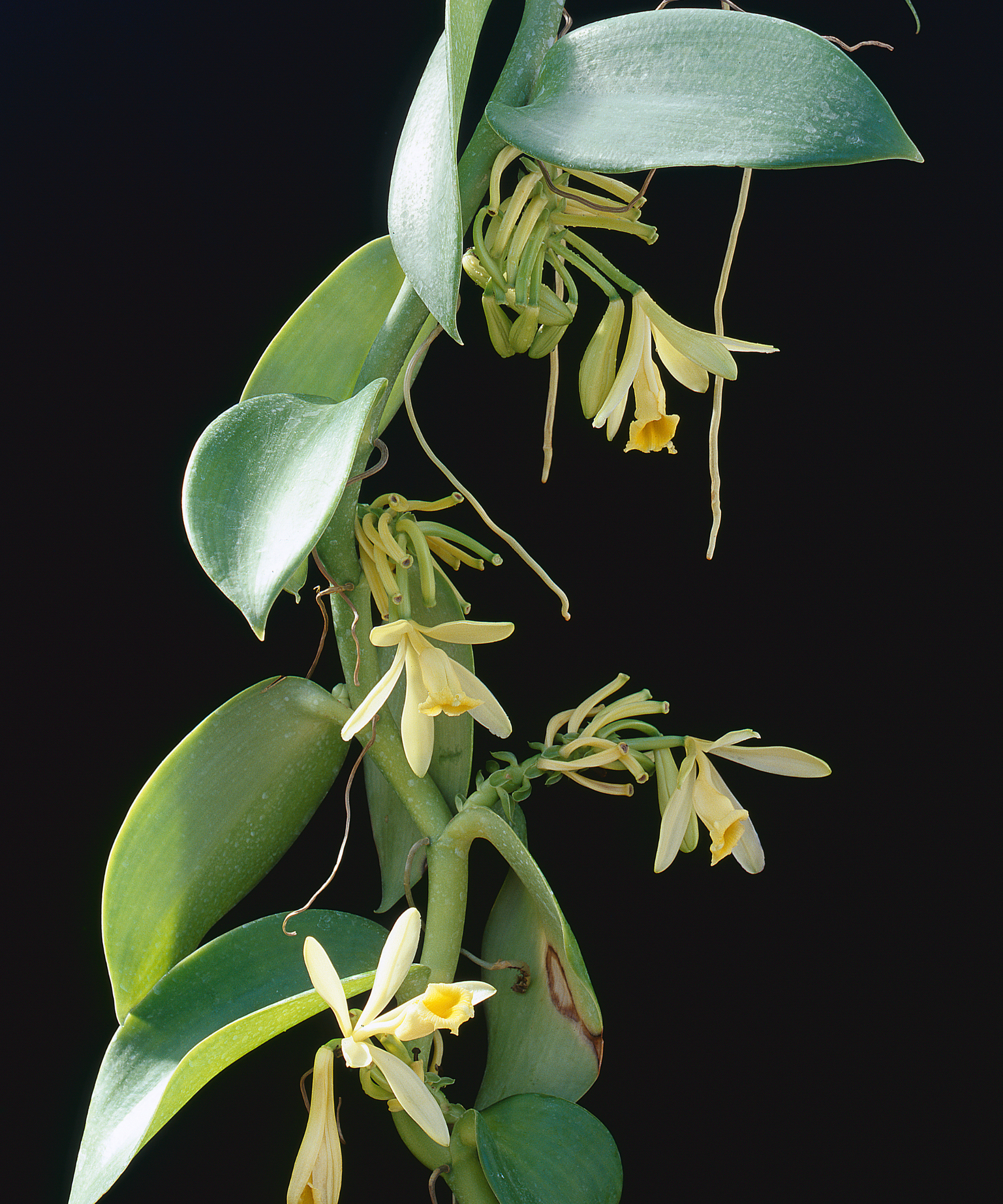
Anyone who keeps a collection of the best indoor plants will know that their natural light needs will decide their position for you, thus greatly influencing how you decorate with plants.
Orchids need bright but indirect light, dappled as you can imagine it would be in its natural growing environment. Paris shares that a vanilla bean orchid indoors 'can tolerate a few hours of morning sun on an east window.' However, too much direct light, particularly from the midday sun, will scorch the leaves. 'Place the plant in or near an east or west window or diffused south window.'
One way to diffuse strong sunlight is to install a sheer curtain. Alternatively, you can create more of an indoor jungle with house plants that need lots of bright light throughout the day. This can also help with humidity levels which we will touch on soon.
On the other hand, if you do not have so much natural light to work with, experts suggest using grow lights. As expected, Amazon is quite reliable for such products. We came across the GooingTop LED Full Spectrum Clip Plant Growing Lamp which is dimmable and comes with timing settings in four-hour increments.
2. Watering and feeding your vanilla bean orchid
You need to be quite precise when watering orchids, as not getting it right could lead to root rot, or your orchid wilting. 'The vanilla bean orchid requires consistent moisture but dislikes waterlogged conditions,' says Tony O'Neill, the author of Composting Masterclass (available on Amazon) and founder of Simplify Gardening. The season will impact how often you water your vanilla bean orchid indoors and, of course, good drainage is essential.
'Water the plant when the top inch of the potting medium starts to feel dry to the touch. In warmer months, this may mean watering 2-3 times a week, while in cooler months, depending on indoor conditions, watering frequency should be reduced to once a week or less. Always use pots with good drainage to prevent root rot.'
For an extra boost in the growing months, consider feeding your plant too: 'Use a balanced orchid fertilizer every two weeks during the growing season (spring and summer), reducing to once a month during fall and winter. Dilute the fertilizer to half the recommended strength to avoid overfeeding.'
3. Regulating humidity and temperature levels
When growing tropical indoor plants, a high humidity level is needed for them to thrive, just as they would in their native habitat. After all, there is a reason why ferns and Tillandsia (air plants) do well as bathroom plants.
'Humidity is crucial for the vanilla orchid, which flourishes in environments with about 60% to 80% humidity,' says Juan Palacio, the CEO of Miami-based floral subscription company, BloomsyBox. 'This can be achieved through the use of humidifiers or by placing the plant's pot on a tray filled with pebbles and water, ensuring that the pot is not sitting directly in water.'
There are a number of ways in which you can increase humidity levels for indoor plants, including the – fairly obvious – investment of a humidifier (Amazon has a reliable collection), a mister (such as the plant mister from Greendigs), and you can even buy plant humidity trays from Amazon.
Remember, however, to avoid houseplant root rot at all costs: 'The goal is to increase the moisture in the air around the plant without waterlogging its roots.' Smaller indoor plants might be more susceptible to this.
'Temperature also plays a significant role in the health of your vanilla orchid, continues Juan. 'It prefers temperatures between 59°F to 84°F during the day, with a slight drop at night. This temperature range encourages healthy growth and, eventually, flowering.'
FAQs
How can I get my vanilla bean orchid plant to flower?
'Caring for a vanilla bean orchid indoors requires patience and attention, especially if aiming to produce vanilla pods,' says Tony O'Neill. 'Flowering typically occurs when the plant is mature, which can take a few years, and manual pollination is necessary for the flowers to produce pods.'
Vanilla orchids are hermaphroditic, and it is said to be only the Melipona bee, native to Central America, that will pollinate these plants in their natural growing habitat. It was 12-year old Edmond Albius (1829–80), who developed a successful hand pollination technique back in 1841. It is a time-sensitive process according to vanilla sellers, Vanilla Bean Kings.
You can use your thumb, and some experts recommend using a cotton wool bud, for this delicate process. 'The effort, however, is well worth it for the reward of harvesting your own vanilla beans and enjoying the lush, tropical vibe the plant adds to your indoor garden.'
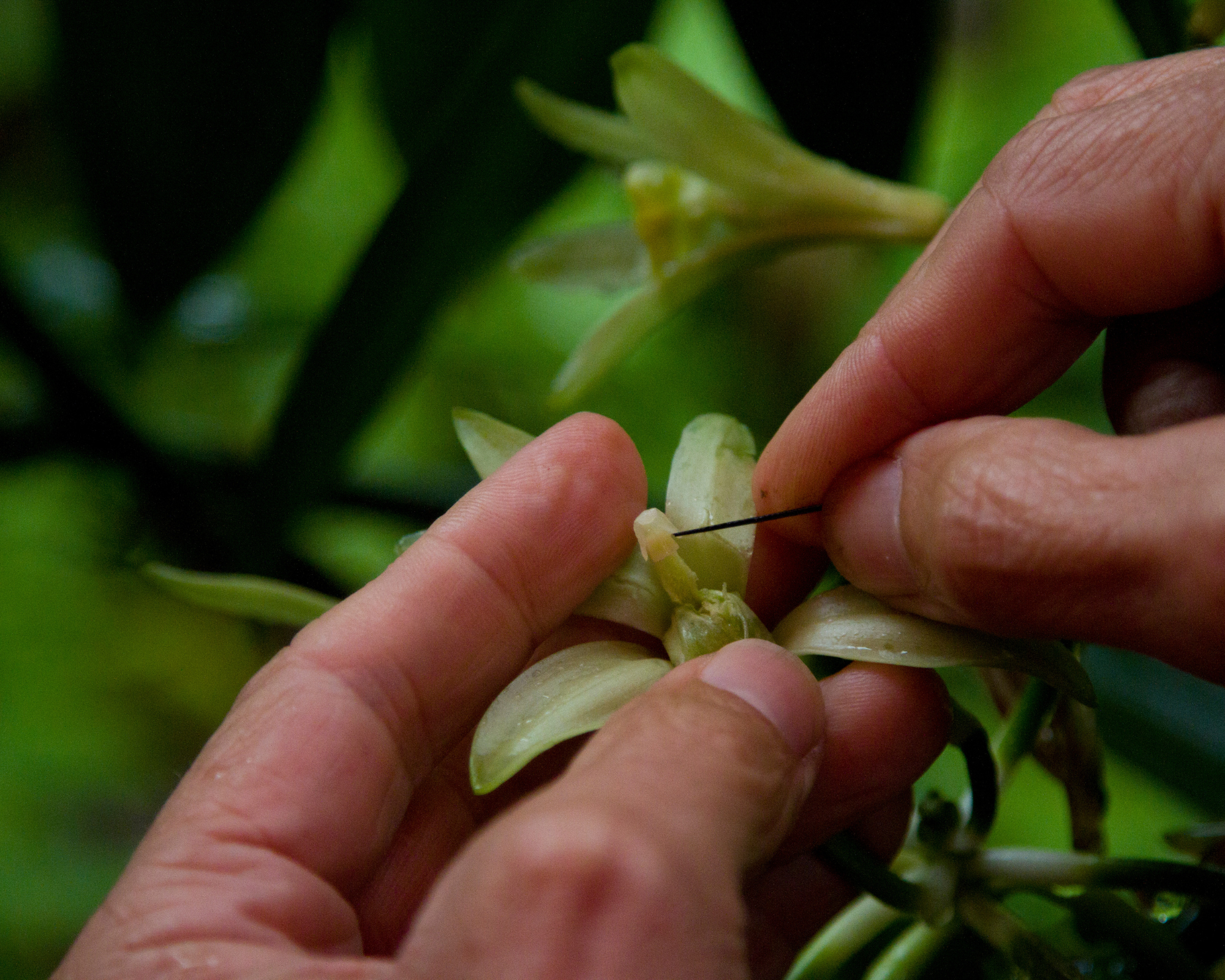
When should you report a vanilla bean orchid?
Knowing when to repot orchids is essential as you do not want to disrupt them unnecessarily. Consider upgrading their container size when the aerial roots are getting a little too big to support.
'Repot the orchid every 1-2 years to refresh the potting mix and accommodate its growing size. Generally, you only want to upgrade to about 1-2 inches in diameter when the Orchid has outgrown its current planter,' says Paris Lalicata. For recommendations on how to prune orchids, our guide will help.
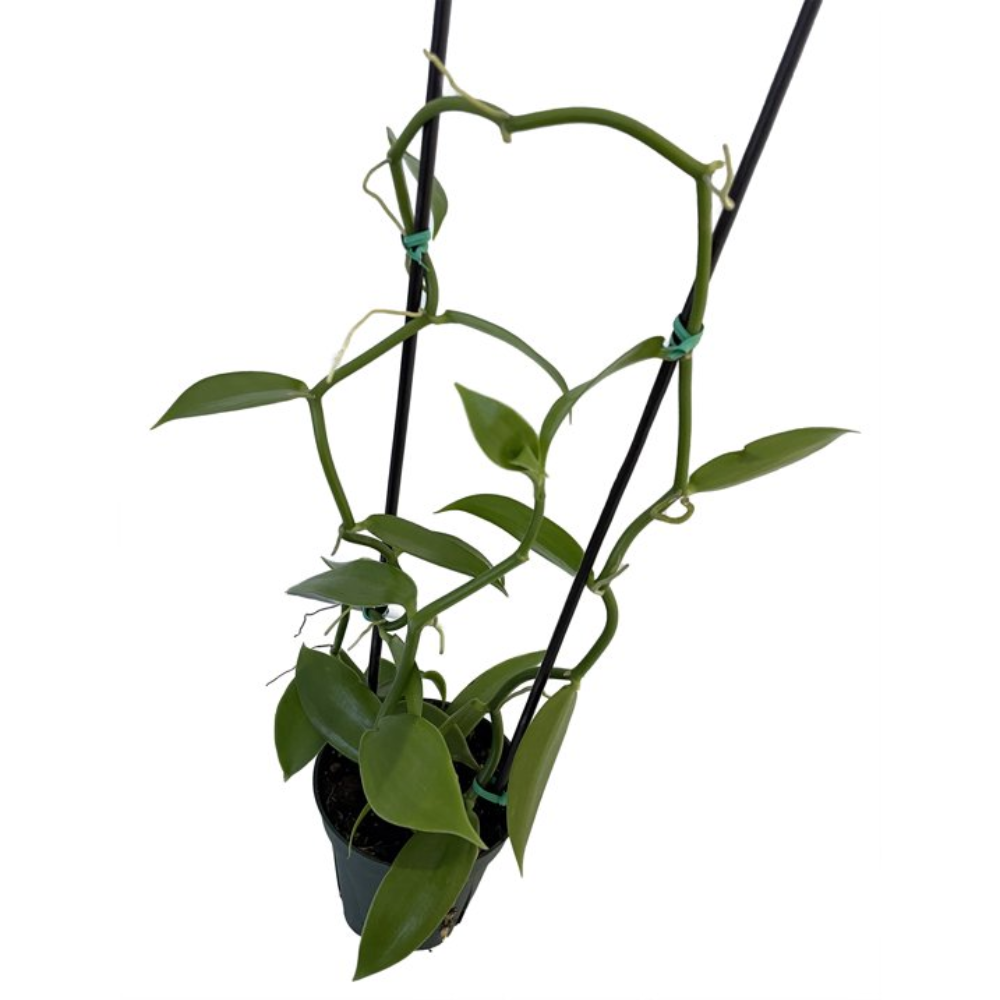
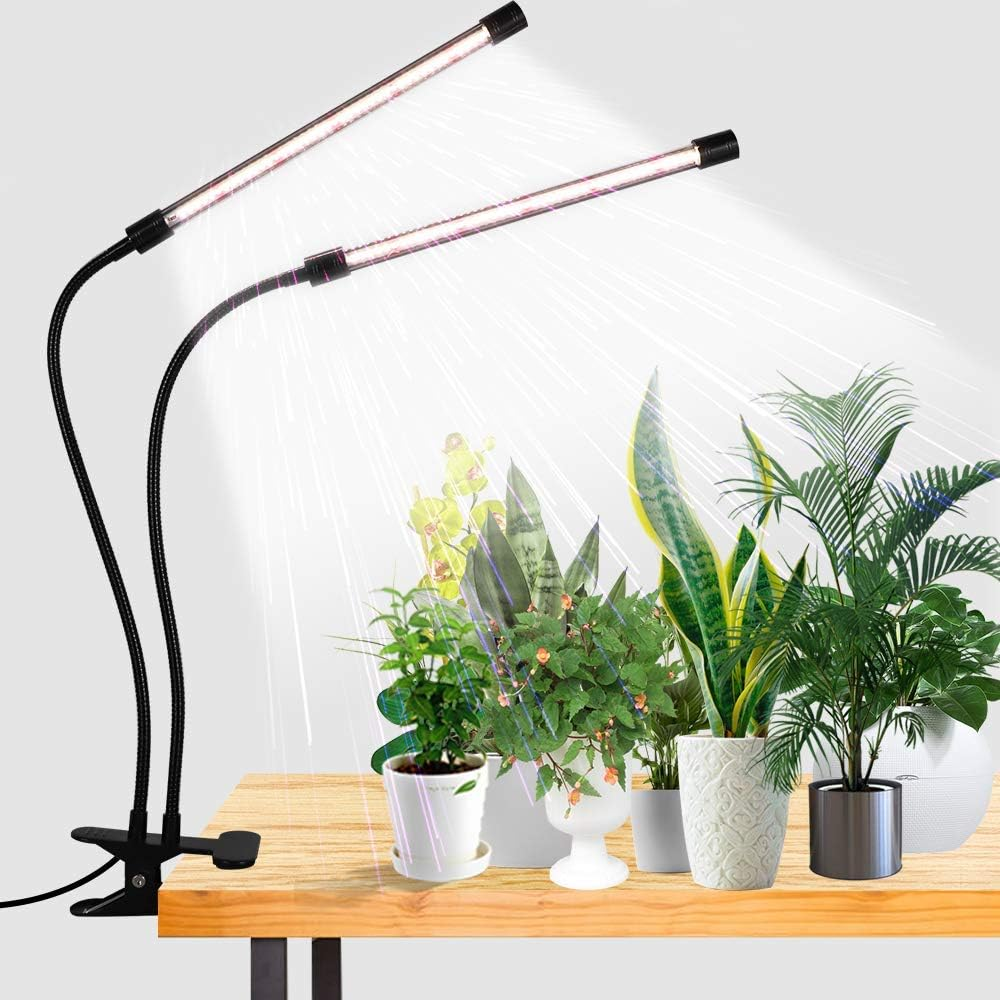
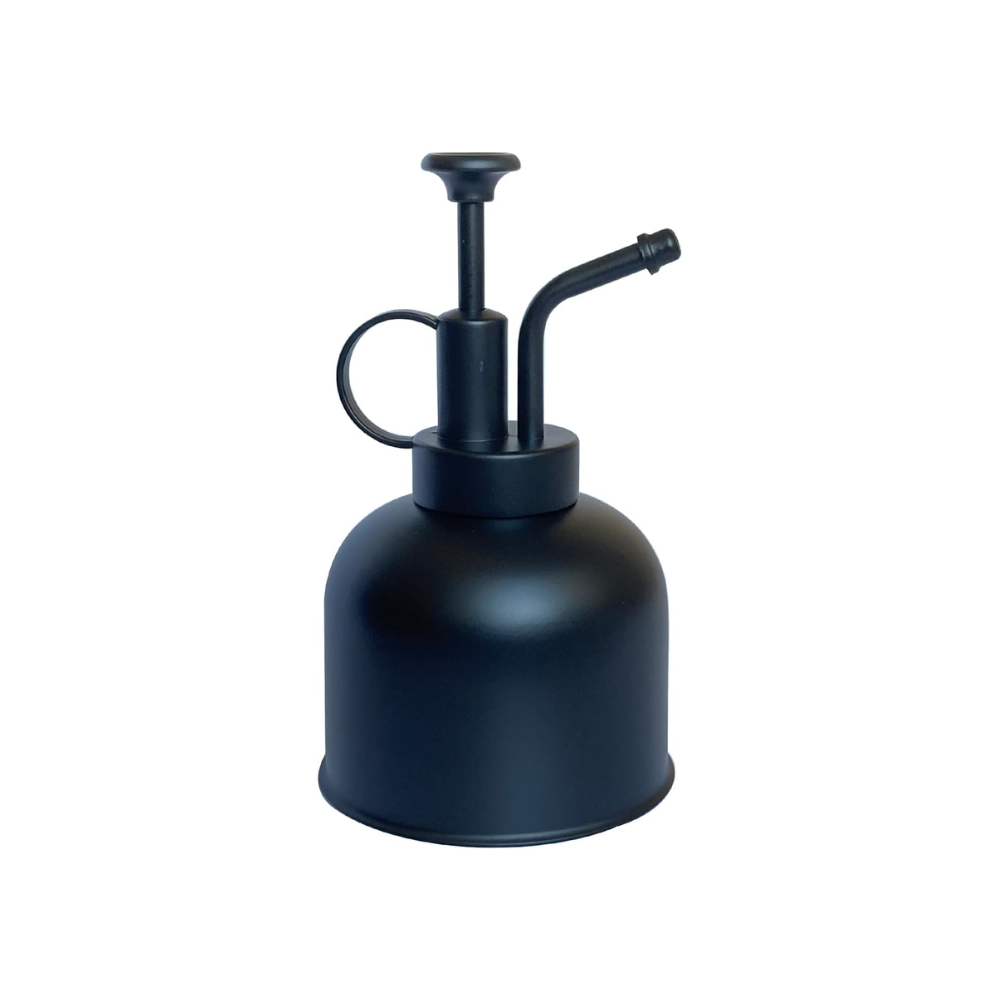
A vanilla bean orchid may not be the easiest indoor plant to grow inside, but by giving it the right care, you will be rewarded with beautiful verdant glossy leaves for an indoor space that is as vibrant as a tropical rainforest.






